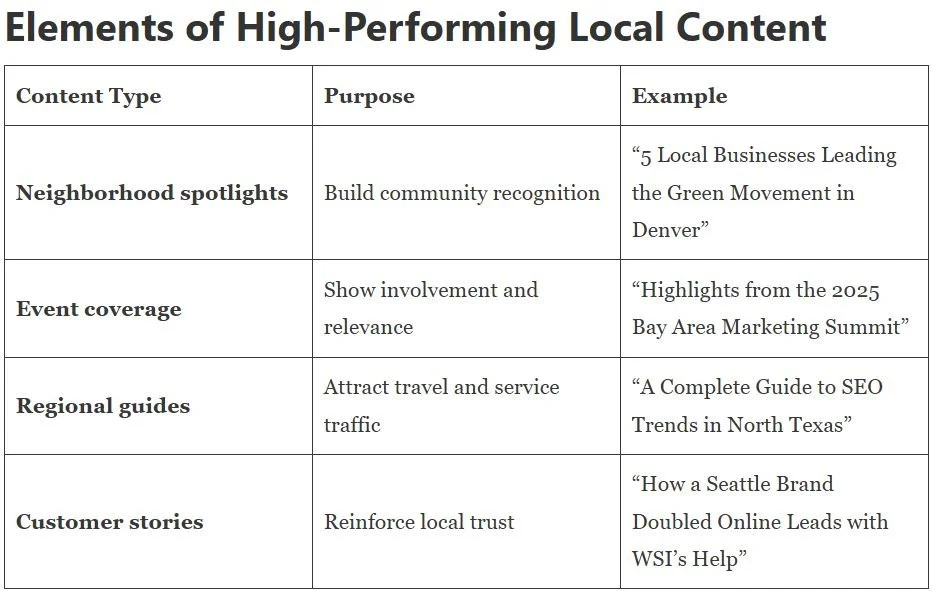Creating Geo-Targeted Blog Content That Drives Local Traffic
A business can’t dominate every market with one-size-fits-all messaging. To reach nearby audiences and boost visibility, brands must embrace location-based content creation. By tailoring posts to specific cities, regions, or communities, you can connect with audiences more personally and improve search relevance.
Why Geo-Targeted Content Matters
Local customers expect relevance. Writing blog content that references nearby landmarks, seasonal needs, or regional issues signals authenticity. Search engines notice by rewarding pages that demonstrate local authority. Each post becomes part of your SEO strategy, helping to build credibility at the local level.
Geo-targeted blogs enhance:
Search relevance: Content includes city or regional terms that users search for.
Engagement: Readers connect with content that feels “close to home.”
Conversions: Proximity-based trust increases inquiries and foot traffic.
How to Identify Local Content Opportunities
Start with data and local awareness.
Analyze search trends for city-based keywords (e.g., “marketing services in Austin”).
Review competitor coverage to find unclaimed topic gaps.
Monitor Google Business Profile insights to see which regions generate activity.
Ask customers directly what local information they find helpful.
These insights help you plan content that speaks to real community interests rather than generic SEO filler.
Content Creation Best Practices
Keep tone authentic. Write for locals, not search engines.
Include real names and places. Specific details make posts credible.
Use structured headings. Reinforce location terms naturally.
Link internally to regional service pages for authority flow.
Update seasonally. Local priorities change with time and trends.
Regular updates help maintain freshness—an essential signal for search engines and returning visitors.
Expanding to Multiple Markets
When scaling your marketing strategy to multiple locations, it’s important to treat each region as a distinct audience with its own needs, culture, and search behavior. This approach allows your content to feel authentic and relevant rather than repetitive or generic. Localized storytelling, visuals, and references help each page connect more meaningfully with nearby customers while strengthening overall brand cohesion and SEO performance.
Avoid duplicating the same blog template across cities.
Use consistent brand messaging but localize examples, photos, and quotes.
Interlink between location pages to distribute authority evenly.
This approach ensures every market feels individually addressed, not copy-pasted.
Measuring Success
Measuring the success of location-based content requires tracking the right performance indicators that reveal how effectively your pages connect with regional audiences. Key performance indicators include increased impressions for geo-modified keywords, steady traffic growth from local search results, stronger engagement metrics from visitors within target regions, and higher conversion rates driven by city-specific calls to action that resonate with nearby customers. Track these through analytics dashboards and Google Search Console to prove ROI..
In Conclusion
Location-based content creation isn’t just an SEO tactic—it’s a trust-building strategy. By reflecting the needs, voices, and values of your community, you can attract qualified leads, outperform national competitors, and strengthen your brand’s local footprint.

